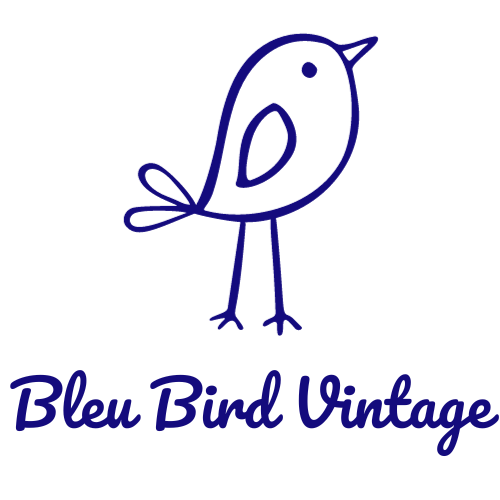The Influence of Music on Vintage Fashion Trends
Music has always been a powerful force in shaping culture and influencing fashion. In particular, the connection between music and vintage fashion trends is undeniable. Over the years, different genres of music have had a significant impact on fashion, as artists use their image to express their individuality and personal style. From the roaring 1920s to the rebellious rock and roll era of the 1960s, music has been a driving force behind vintage fashion trends.
One notable era where music influenced fashion was the swing and jazz culture of the 1920s and 1930s. The energetic and lively nature of jazz music led to an explosion of dance clubs and social gatherings centered around this genre. Fashion during this time was characterized by drop-waist flapper dresses, feathers, fringe, and bobbed hairstyles. Influential artists like Josephine Baker, with her glamorous stage presence and daring fashion choices, embodied the spirit of the era and influenced women’s fashion trends.
Fast forward to the 1950s, and the rise of rock and roll took the world by storm. This rebellious genre, led by icons like Elvis Presley and Chuck Berry, influenced fashion trends with leather jackets, denim jeans, and greased-back hairstyles. The youthful and rebellious spirit of rock and roll resonated with teenagers, creating a cultural shift away from the more conservative fashion of the previous decade.
The 1960s brought about a revolution in both music and fashion. The influence of bands like The Beatles and The Rolling Stones sparked the hippie counterculture movement, which celebrated peace, love, and freedom. This cultural shift was reflected in fashion choices, with bell-bottom pants, tie-dye prints, maxi dresses, and fringe becoming popular. The music and fashion of this era became synonymous with expressing anti-establishment sentiments and embracing individuality.
Moving into the 1970s, disco music dominated the airwaves and nightclubs. Artists like Donna Summer and Bee Gees set the tone for fashion, with glittering disco outfits, platform shoes, bell sleeves, and metallic fabrics becoming the norm. As the music industry became more intertwined with fashion, artists like David Bowie and Cher pushed boundaries with their androgynous styles, exploring new and unconventional fashion choices.
The 1980s brought about the rise of pop music, with icons like Madonna and Michael Jackson taking center stage. Music videos became a powerful medium for artists to express their personality and showcase elaborate fashion looks that soon became trends. The 1980s fashion was characterized by bold colors, shoulder pads, neon leggings, leather jackets, and oversized accessories. This era showcased the fusion of music and fashion, with music artists becoming style icons and influencing trends on a global scale.
In recent years, we have seen a resurgence of interest in vintage fashion trends, as music continues to inspire the fashion industry. Retro-inspired clothing brands and musicians paying homage to different eras further highlight the influential relationship between music and fashion. Artists like Katy Perry and Lady Gaga have embraced vintage fashion in their performances, showing the enduring influence of past decades on current trends.
In conclusion, music has played a significant role in shaping vintage fashion trends throughout history. From the swing and jazz era of the 1920s to the disco-infused style of the 1970s, music has influenced fashion choices, helping to define cultural movements and individual expression. The connection between music and fashion remains as strong as ever, with artists continuing to push boundaries and inspire new trends. Vintage fashion trends are a reflection of the timeless influence of music on our culture and personal style.
